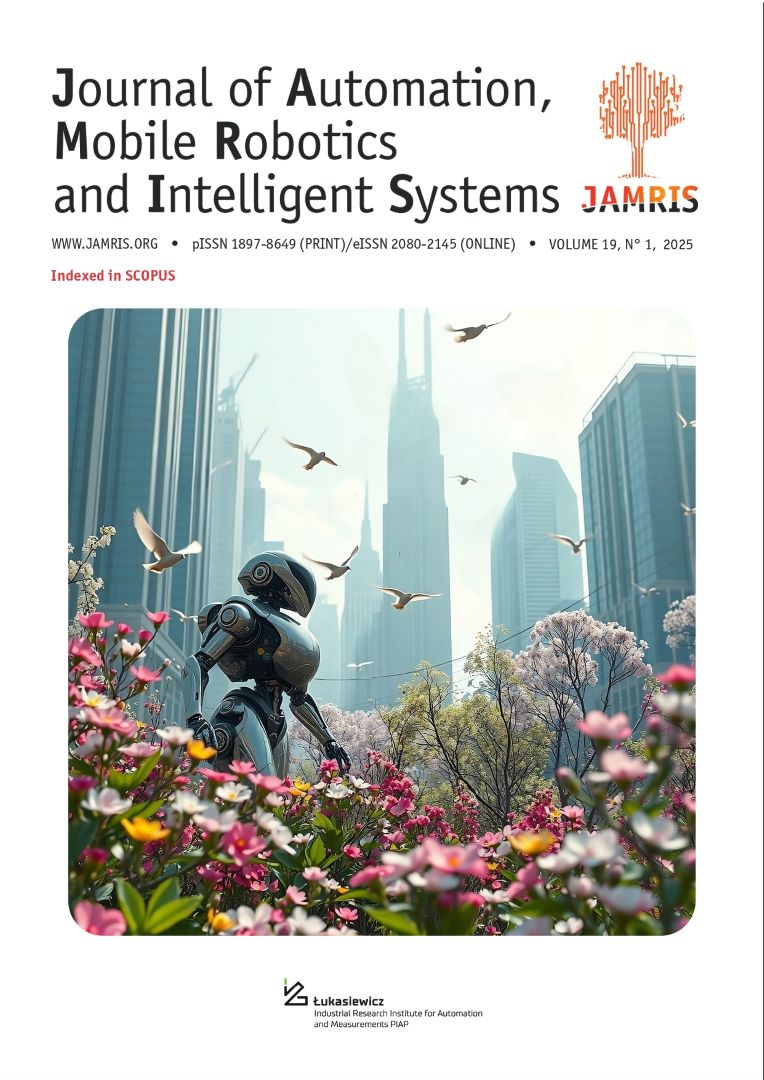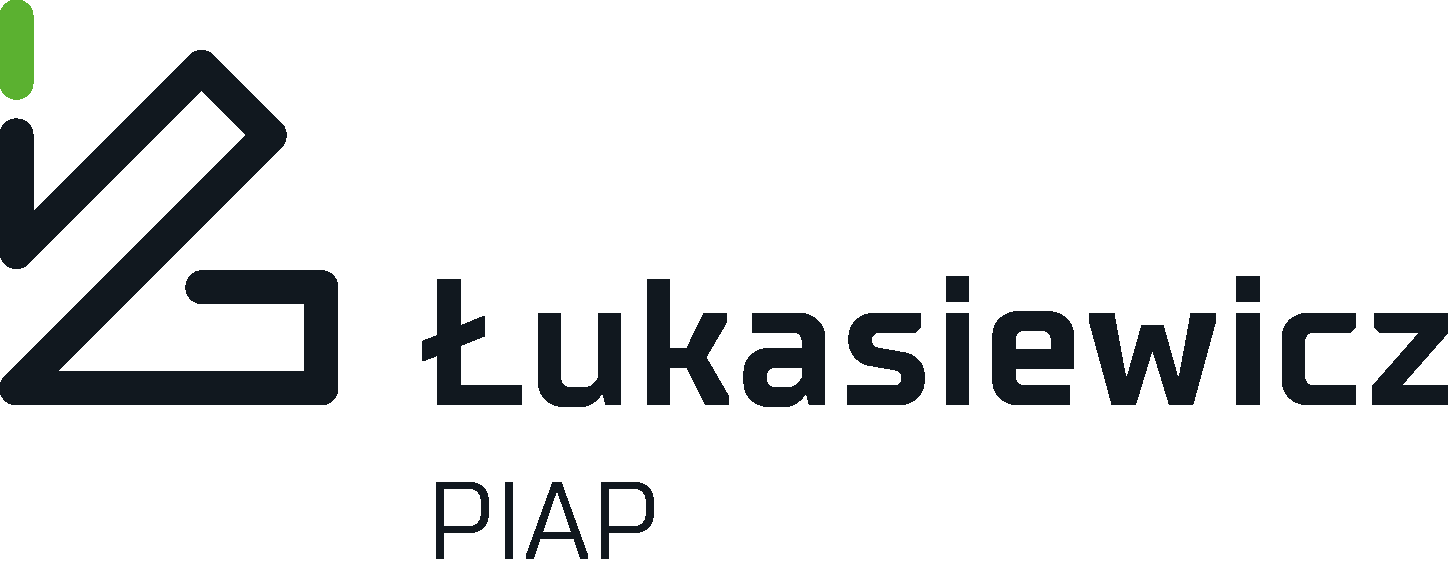Implementation of Enzyme Family Classification by using Autoencoders in a Study Case with Imbalanced and Underrepresented Classes
Authors
Abstract
In the field of Bioinformatics, the scientific community is fully aware of the challenges associated with enzyme classification. In this study, a novel strategy is proposed based on the use of Anomalous Autoencoders to characterize chitinases belonging to glycoside hydrolases. Python and TensorFlow programming technologies were employed to conduct this analysis. The designed classifier consists of two levels that determine both the enzymatic nature of an amino acid sequence and its corresponding chitinase enzyme family. These levels considered class imbalance and the underrepresentation of those enzyme families in the CAZy.org database. Furthermore, a comprehensive comparison was made with other available software in the field. To represent the amino acid sequences, embeddings generated from the ProtFlash model were used. The results obtained in this study confirm the effectiveness of the proposed implementation compared to the methods EzyPred, ECPred, and Proteinfer.







